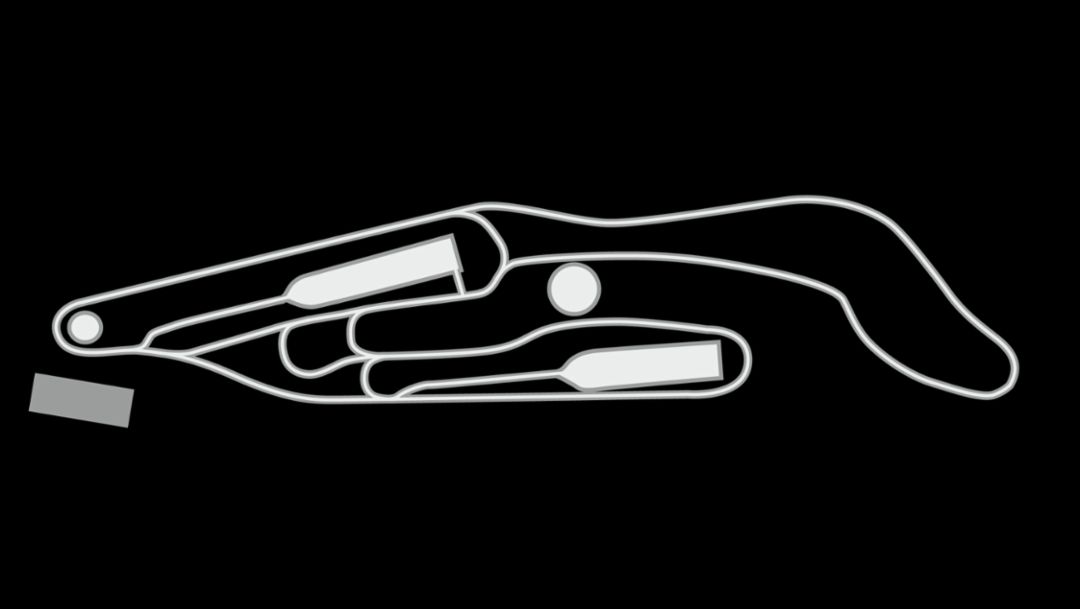Hermann Tilke (60) has been building race tracks for 30 years, including Formula 1 tracks. “Porsche wants to provide a three-dimensional driving experience", he says.
Mr. Tilke, what distinguishes a test track from a race track?
Well, a Porsche Experience Center has elements of both. Here the primary objective is to give the driver a sense of the performance that a Porsche is capable of and how the vehicle systems work. That’s why we have the various modules.
To what extent does that impact the layout of the track?
It has to meet the different requirements that are demanded of the grounds. Take the Porsche Sport Driving School, for example, whose courses cover everything from basic training to acquiring a racing license. The track has to be designed to meet that diverse range of needs.
Experience probably doesn’t hurt.
No (laughing). The fact that I have designed any number of Grand Prix tracks, test tracks and testing grounds, not to mention ordinary roads, is extremely helpful. But at the end of the day, every track is unique.
So a standard layout for experience centers wouldn’t be conceivable?
Not really. You can’t simply ignore the configuration of the space available, let alone the topography. Porsche wants to provide a three-dimensional driving experience. That means there always have to be changes in elevation—not just for the off-road course, but for the asphalt tracks as well. Where the natural topography doesn’t offer that, for instance at the future Porsche Experience Center in Carson, California, we shape it ourselves.
How do you approach designing a new track?
First, the course is simulated on a computer using a 3D model. We use GPS data for that. Absolute precision is of the essence; after all, the curve radius, for example, impacts the speeds that can be driven on the track. I’ll never forget the planning for the track at the Leipzig plant. Integrating world-renowned race tracks and their characteristic sections was a special challenge.
What do you have to keep in mind with asphalt in terms of the huge stresses?
The important thing is to ensure that you have realistic conditions with the right mix in terms of grip and tire wear. The asphalt that we use for the Experience Centers is comparable to that used on normal roads. Of course, that’s not the case for the wet handling sections. We have various options for the surface composition, depending on which driving maneuvers and speeds are planned: from polished concrete to epoxy to bituminous surfaces.
Speaking of active safety, why is wet handling so important?
This section not only allows drivers to improve their own skills and awareness, but also learn how the car’s assistance systems react in extreme situations. Active safety is incredibly important, particularly in high-performance sports cars. In Atlanta, for example, it’s not common to put winter tires on a car. Since it hardly ever snows there, you usually don’t need them. I remember a winter day, however, when it snowed so much that the entire city shut down. We were on the road in a Porsche and made good use of the entire range of assistance systems.
A scenario that is probably rather unlikely in Shanghai, for example.
Right, or in Carson. In Leipzig, on the other hand, snow is part of the everyday driving experience. Every region has different conditions, so every track is unique as well.
Info
Text first published in the Porsche customer magazine Christophorus, No. 374

